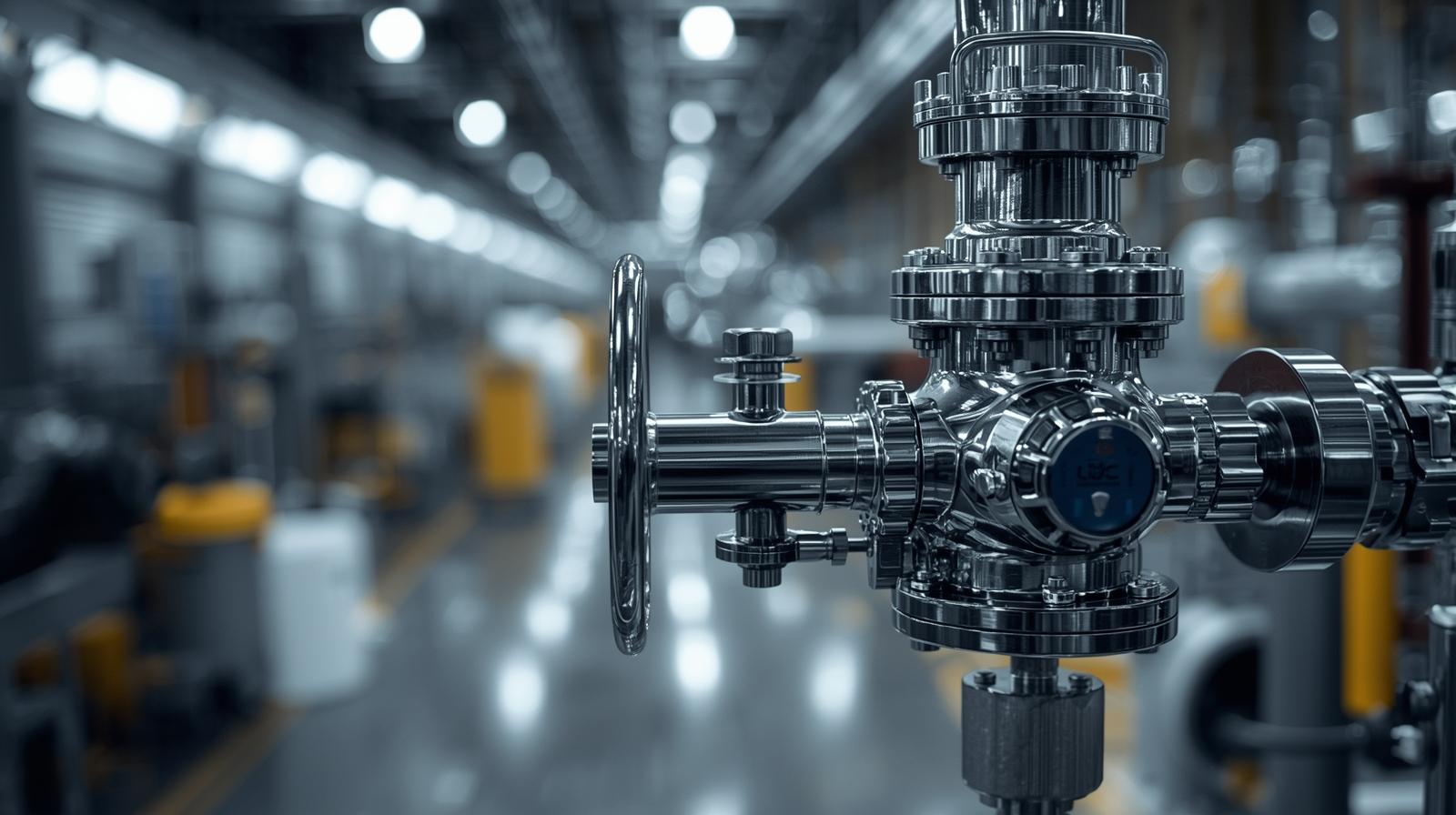The control valve market is undergoing a period of significant transformation, driven by technological innovations that are reshaping how industries manage fluid flow and process automation. Control valves, which regulate the flow of liquids, gases, and slurries in industrial applications, are indispensable components in sectors such as oil and gas, power generation, water and wastewater treatment, pharmaceuticals, and chemicals. With the rise of Industry 4.0, the integration of smart technologies, and growing demand for energy efficiency, control valves are evolving from traditional mechanical devices into intelligent systems capable of predictive monitoring, remote operation, and advanced process optimization.
Download PDF Brochure @ https://www.marketsandmarkets.com/pdfdownloadNew.asp?id=111759647

Digitalization and Smart Valve Technologies
One of the most notable innovations transforming the control valve market is the shift toward digitalization. Smart control valves equipped with sensors, transmitters, and microprocessors are becoming increasingly common in industrial operations. These intelligent valves collect real-time data on flow rate, pressure, temperature, and valve performance. When integrated with digital control systems, this data can be used to optimize processes, reduce energy consumption, and prevent unplanned downtime.
Smart valve positioners, for example, are now capable of self-calibration, diagnostics, and adaptive control. They allow operators to remotely monitor valve conditions and adjust operations in real time, enhancing both efficiency and safety. The adoption of IoT-enabled valves is expected to grow further as industries embrace predictive maintenance and advanced automation solutions.
Predictive Maintenance and AI Integration
Predictive maintenance is emerging as a key application for advanced control valve technologies. Traditional maintenance methods often rely on scheduled servicing, which can lead to unnecessary downtime or unexpected failures. With innovations in artificial intelligence (AI) and machine learning, control valves can now be continuously monitored for signs of wear, leakage, or malfunction.
AI-powered systems analyze sensor data to detect anomalies and predict potential failures before they occur. This not only reduces maintenance costs but also enhances system reliability and prolongs equipment lifespan. Industries such as oil and gas, where unplanned downtime can result in substantial financial losses, are increasingly adopting AI-driven predictive maintenance solutions for control valves.
Advances in Materials and Design
Technological progress is also evident in the development of advanced materials and innovative valve designs. Control valves must operate under extreme conditions, including high pressure, corrosive environments, and fluctuating temperatures. To meet these demands, manufacturers are introducing valves made from corrosion-resistant alloys, composites, and high-performance polymers.
Additive manufacturing (3D printing) is also making an impact by enabling the production of customized valve components with complex geometries that improve efficiency and durability. Lightweight designs combined with stronger materials are extending valve lifecycles while reducing energy consumption, making them more sustainable and cost-effective for end users.
Automation and Industrial IoT Integration
The integration of automation and Industrial Internet of Things (IIoT) platforms is revolutionizing how control valves are managed. Automated valves can be integrated into distributed control systems (DCS) and supervisory control and data acquisition (SCADA) systems, enabling centralized and remote operations.
IIoT-enabled control valves provide continuous feedback to operators, who can make real-time adjustments to optimize performance. This level of connectivity allows for enhanced system-wide monitoring and improved decision-making. In industries such as water and wastewater management, where efficiency and reliability are critical, IIoT-integrated control valves are ensuring optimized flow control with minimal human intervention.
Energy Efficiency and Sustainability
Sustainability is another driving force behind technological innovations in the control valve market. With industries striving to reduce carbon emissions and energy use, control valves are being designed for higher efficiency and reduced leakage. Advanced flow control algorithms, lightweight designs, and smart actuation systems are helping industries minimize energy wastage and environmental impact.
For instance, digital valve controllers that adjust operations based on demand fluctuations can optimize energy consumption in real time. These solutions not only contribute to cost savings but also support corporate sustainability goals and regulatory compliance.
Future Outlook
The future of the control valve market lies in continuous innovation and integration with digital ecosystems. As industries move toward fully automated and interconnected plants, the role of intelligent control valves will become even more critical. Smart sensors, AI-driven analytics, and cloud-based monitoring platforms will dominate future developments, making control valves central to predictive maintenance and process optimization strategies.
Emerging markets, particularly in Asia-Pacific, will witness rapid adoption of advanced control valves due to growing investments in energy, water, and manufacturing infrastructure. Meanwhile, collaborations between valve manufacturers, software providers, and automation companies will accelerate the development of integrated solutions tailored to diverse industry needs.
